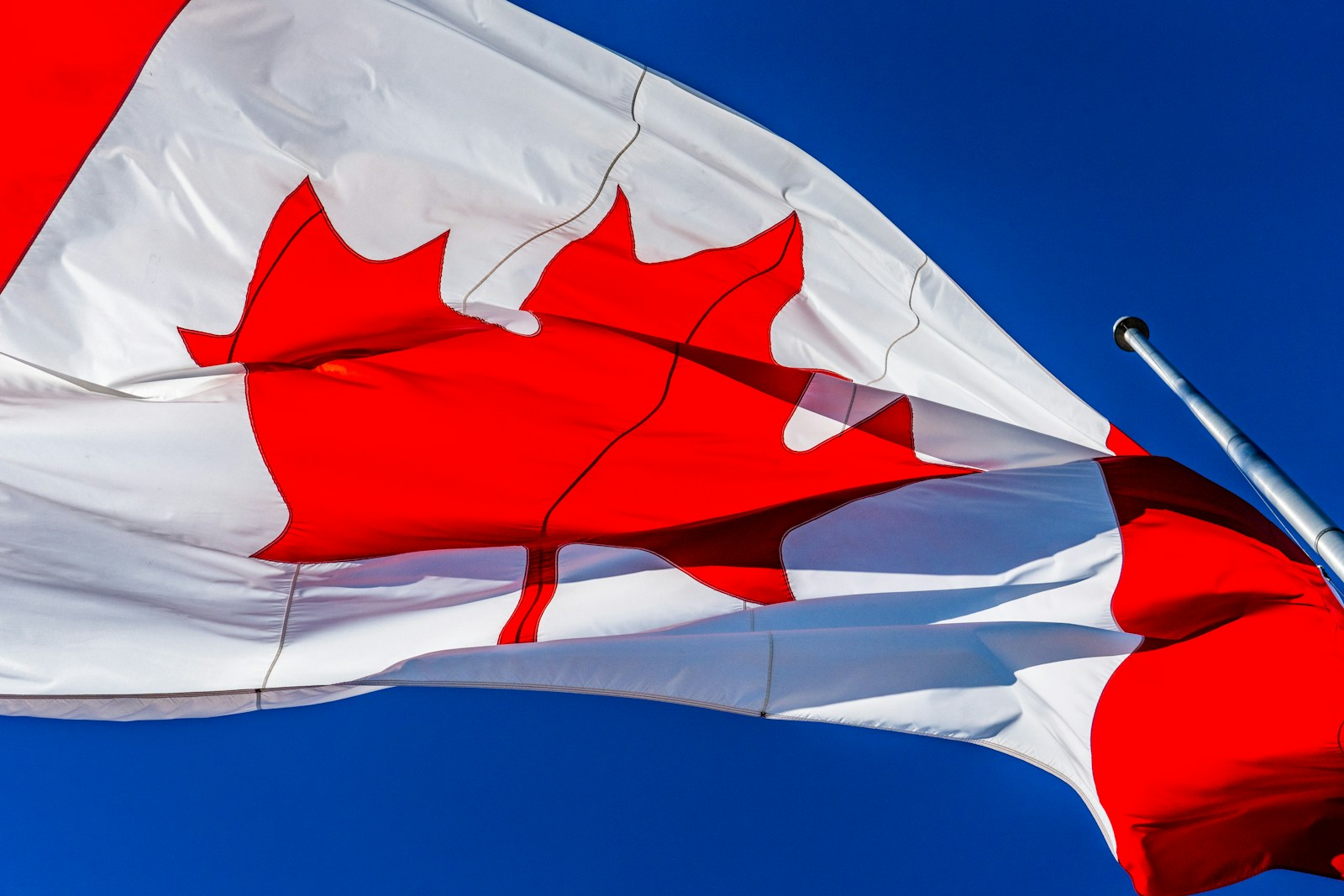Posted on
August 21, 2025
by
Charlotte Ferguson
Buying vs. Renting in Canada: Which Is Better for the Long Run?
The classic debate—renting vs. buying in Canada—has been around for decades, and it’s not slowing down anytime soon. With homeownership costs skyrocketing across the country, especially in urban centres like Toronto, Vancouver, and even here in the Waterloo Region real estate market, more Canadians are asking: Is it smarter to rent for life or stretch to buy a home?
The truth? There’s no one-size-fits-all answer. Both renting and buying have their pros and cons, and the best choice depends on your lifestyle, financial discipline, and long-term goals.
🏘️ The Case for Renting
Alex Avery, author of The Wealthy Renter, believes Canadians shouldn’t feel pressured into buying if the numbers don’t add up. Even with rising rents, he argues that renting in Canada can still be more cost-effective and less risky than homeownership when you consider the hidden costs of owning.
Why Renting Makes Sense:
Lower upfront costs – No massive down payment required.
Predictable expenses – No surprise property tax hikes, roof repairs, or furnace replacements.
Flexibility – Easier to move for job opportunities or lifestyle changes.
More ways to invest – Renters can put their savings into RRSPs, TFSAs, or ETFs instead of locking it all into a house.
Avery also warns against thinking of homeownership as an investment strategy. Housing markets can decline, and tying up all your money in one property may not always be the safest financial move.
🏡 The Case for Buying
On the other side, Vancouver REALTOR® Owen Bigland argues that buying a home in Canada remains one of the best ways to build long-term wealth. His math shows that a lifetime renter could spend more than $1.3 million on rent by the time they turn 65—and have nothing to show for it.
Why Buying Pays Off:
Equity growth – Every mortgage payment increases ownership in your home.
Retirement security – A mortgage-free home later in life reduces financial stress.
Borrowing power – Home equity can be tapped through a line of credit if needed.
Tax advantages – Canada’s principal residence exemption means you don’t pay capital gains tax when selling your primary home.
McGill professor Sebastien Betermier adds that for many Canadians, their home makes up 70–80% of their wealth. Owning can provide both a place to live and a long-term financial safety net.
⚖️ Renting vs. Buying in Waterloo Region
Here in the Waterloo Region real estate market, the decision is especially tough. With rising home prices, many first-time buyers feel priced out. Yet, long-term renters still face high monthly costs with little equity gain.
The reality is:
If you expect to move frequently, renting may be smarter. But if you can commit to staying in one place for 8–10 years, buying could help secure your financial future.
💡 Final Thoughts
When it comes to the renting vs. buying debate in Canada, the “right” choice depends on your situation. Ask yourself:
Am I disciplined enough to invest my savings if I rent?
Do I want the freedom to move, or the stability of ownership?
Can I handle the long-term costs of homeownership?
There’s no wrong answer—only the answer that works for you.
✅ Thinking about making the switch from renting to buying here in Waterloo Region? Our team at Magnolia Group Realty can help you crunch the numbers, explore mortgage options, and find out if homeownership makes sense for your future.
📲 Reach out today:
Charlotte at 519-575-1804 | Nathan at 226-929-6369
👉 www.yourmagnoliagroup.com











